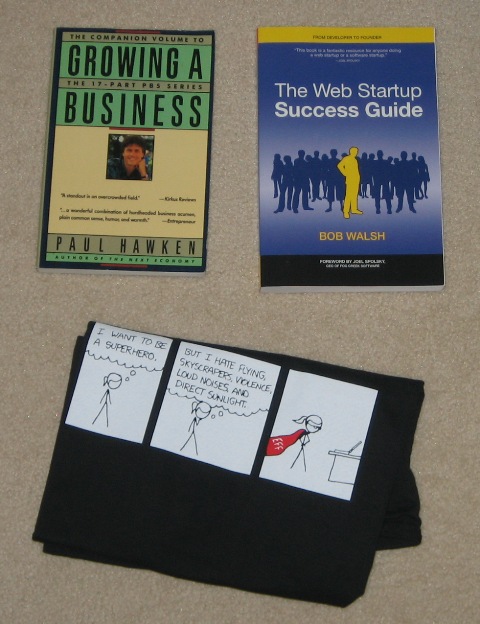Back in 2007 I gave a talk on Selling your Software as a Service. The room was quite small but tightly packed, and several people have asked since then if I plan to repeat it. (I went back and listened to the recording of that talk, on the linked page; it holds up quite well. I recommend it if you interested in the topic!)
I finally have the right opportunity to do so; later this month at the St. Louis Innovation Camp mini-conference I’ll give an updated talk on the same topic, on Friday, Feb 26, in a time-slot to-be-determined. The talk:
The Software as a Service Business Model
In this talk, I will share some “lessons learned” from five years operating a Software as a Service business. Topics will include:
- What is SaaS?
- Starting a SaaS business
- SaaS Product Management
- Cash Flow
- Customer Retention
- Infrastructure and Operations

